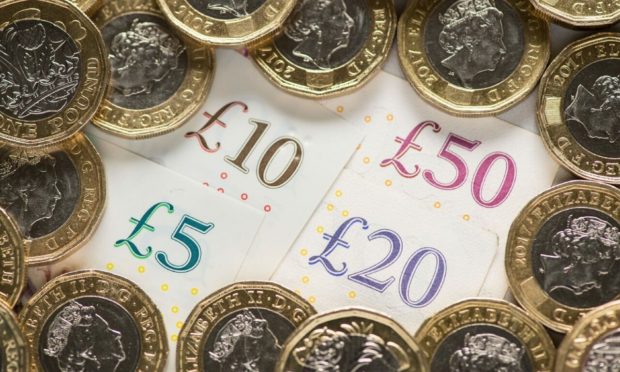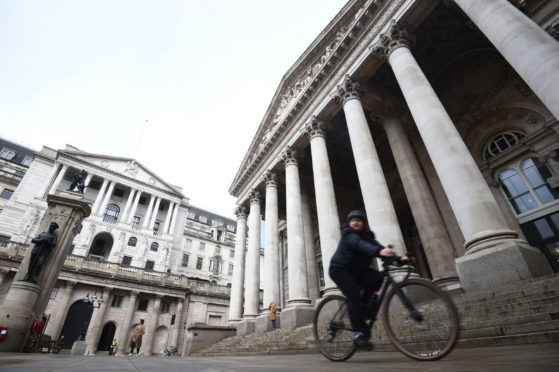The cost of living could be “significantly” higher by the end of the year as inflation continues to rise but remedies remain unlikely, a finance specialist has warned.
Prices for consumers are expected to continue to rise “sharply” over coming months and could peak as high as 4% or 5%, according to Kevin Brown, a spokesman for mutual lender Scottish Friendly.
This is because the Bank of England (BoE), which sets interests rates, is unlikely to try to cool inflation with a rise in the base rate as it could threaten the recovery of the economy from the hit taken during the Covid pandemic.
The economy is growing – just not as strongly as policy makers might have hoped.
Gross domestic product (GDP), the main measure of UK economic strength, grew 4.8% in the second quarter of 2021 as lockdowns lifted and people got back into pubs, the Office for National Statistics (ONS) has said.
Strong but still a way to go
Mr Brown said that while the growth was “strong” since the economy largely started to reopen in England and then Scotland, there was still some catching up to do.
He said: “Despite five consecutive months of growth the UK economy still remains 4.4% lower than it was before the pandemic. The Bank of England was hoping to see a slightly greater reduction in the shortfall during Q2 so it seems unlikely they will take pre-emptive action to cool the economy.”
He pointed out that inflation – the measure of rising prices – was showing “no signs of slowing”.
Last month, the ONS said the Consumer Prices Index rose by 2.4% in the 12 months to June 2021, up from 2.1% in the 12 months to May. This was its highest level since August 2018 and over the B0E’s target of 2%, driven by price rises of food, fuel, second-hand cars, clothing and footwear.
Peak is rising
Mr Brown said: “Inflation has been rising quickly off a low base since February and shows no signs of slowing. We expect consumer prices will continue to increase sharply over the coming months and could peak as high as 4% or 5%.
“This is going to put greater pressure on the Bank of England to raise interest rates but for now they will be conscious of playing their hand too early, as the economy still has some way to go to return to pre-pandemic levels.”
He added that people who borrow money or who have mortgages benefit from the low cost of paying for debt while interest rates remain at historically low levels, but others who are trying to save money for a house deposit or retirement do not.
“This is good news for homeowners and borrowers but households should be wary that the cost of living could be significantly higher by the end of the year,” he said.
“Meanwhile, savers are already hard-pressed to find anywhere to put their cash that is safe from inflation and sadly things are only going to get harder in that regard before they get better.”
North Sea maintenance holds back growth
Martin Beck, senior economic advisor to the EY Item Club, said the GDP figures reveal an uneven recovery. One of the factors in the 1% increase of GDP in June was due to the number of people visiting their GP. This was alongside the expected boost delivered by the opening of bars and restaurants as restrictions continued to ease.
However, industrial output fell 0.7% month-on-month, held back by the closure of North Sea oil fields for maintenance. And construction shrunk 1.3% month-on-month.
He said: “The outlook for growth in the short term has become cloudier. Higher numbers of Covid-19 infections risk discouraging some people from social consumption, such as eating out. The risk of the recovery stalling therefore looks small and the EY Item Club continues to expect GDP to expand by an above-consensus 7.6% this year.”

